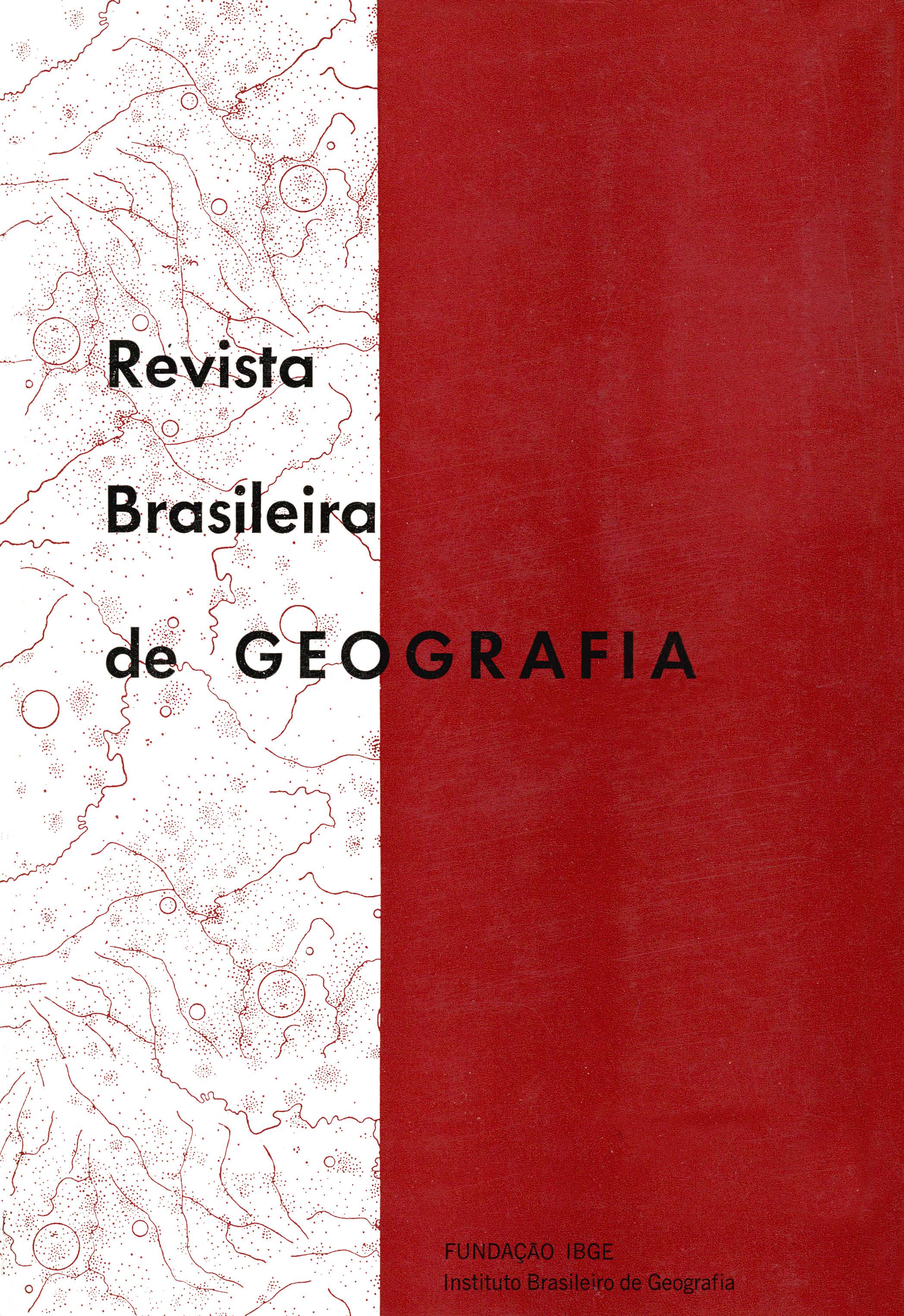A Estrutura urbana brasileira : uma visão ampliada no contexto do processo brasileiro de desenvolvimento econômico
Palavras-chave:
Geografia urbana, Urbanização, Industrialização, Desenvolvimento econômicoResumo
The A. divided this paper in three main parts: the first, besides the introduction, which explain the ,purpose of the search, it encloses the theoretical and methodological basis which have served as a based to the study. The basic premise, theoretical conceptual, is that of close relation between the systems of towns and the national and regional economic development, treated both in a systemic context, interrelated and interdependent. Following the A. discusses the various theoretical aspects of the structure of the system of towns and its relations with the characteristic of the town itself, based on numerous empiric verification and theoretical formulations already developed, since those referring to equilibrium, size, hierarchy in the system, till to the main hypothesis adopted that the brazilian model is fitted to the conceptions of a process of center-periphery type.
Yet, in this theoretical-methodological part the A. presents the methodology utilized: factor analysis and its analytic complements (dimensional and grouping), discussing not only the details of the followed method, but yet its implications in the validity of the analysis, in the partial results and in the prepare of the search itself.
The second part of the work presents the principal results of the search: its begins with an analysis of each one of basic dimensions found in the urban system and finishes trying to define a hierarchic order and a polarization in the system. According to the hypothesis adopted, a basic dimension has emerged from the analysis - functional size of the towns - obtained by association of a number of variants which describe the various components of this size and that are listed in appendixes. Comparisons are made among several towns, trying to explain differences of size not coincident with a mere population size. Two other dimensions are yet discussed with mere detail: the first is related to the level of development, o r to the economic structure, to what called socioeconomic. Essentially, this two dimensions have, by one side, divided Brazil in a developed nucleus and in an under developed one by other.
Other important dimension pointed out in the work is referring to the functional specialization: industry, on one side, and trade and services on other. It appears in more of one factor and shows, in some of them, a certain dichotomy of the industrial process bet~ ween modern and traditional industries.
In the following chapter the A. examines the importance of the functional size of the towns in the polarization effects on its area of influence.
The conclusion reaffirms the division of Brazil in four sub-systems of towns: 1 - those from the main nucleus of development, centered in São Paulo; 2 - those from its close periphery, characterized by a lesser industrial specialization and lesser diversification; 3 - those from the Northeast secondary nucleous, stretching out, in a narrow belt, from Salvador to Natal; and 4 - these from the more distant periphery, far-off and economically retarded.






